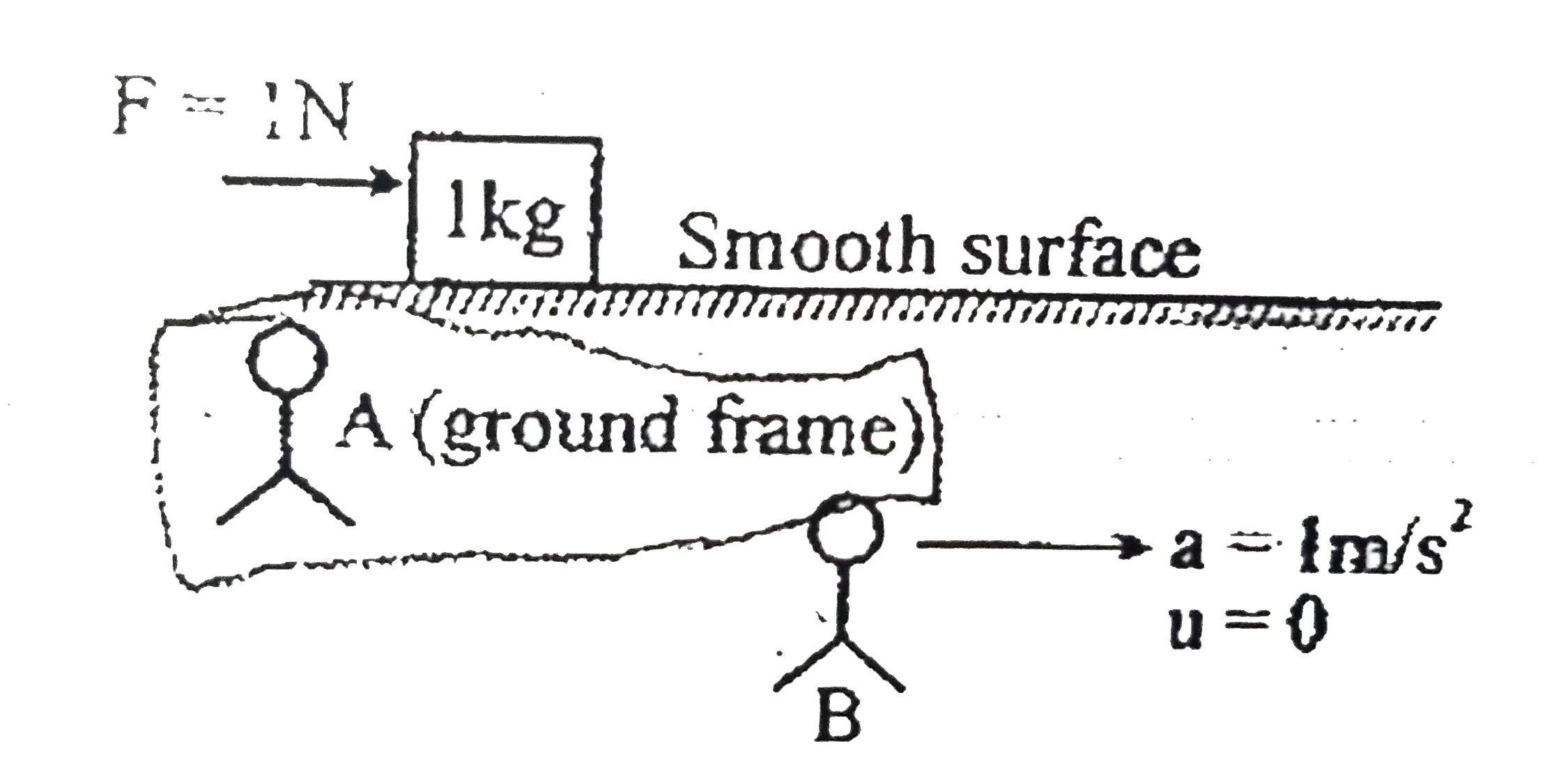Let vecE and vecB denote electric and magnetic fields in a frame S and vecE and vecB in another frame S moving with respect to S at a velocity vecv. Two of the following equations are wrong. Identify them.
Step by step video & image solution for Let vecE and vecB denote electric and magnetic fields in a frame S and vecE and vecB in another frame S moving with respect to S at a velocity vecv. Two of the following equations are wrong. Identify them. by Physics experts to help you in doubts & scoring excellent marks in Class 12 exams.
Updated on:21/07/2023Topper's Solved these Questions
- MAGNETIC FIELDBOOK - HC VERMACHAPTER - MAGNETIC FIELDEXERCISE - Exercises
61 Videos
- MAGNETIC FIELDBOOK - HC VERMACHAPTER - MAGNETIC FIELDEXERCISE - Objective 1
10 Videos
- LIGHT WAVESBOOK - HC VERMACHAPTER - LIGHT WAVESEXERCISE - Exercises
41 Videos
- MAGNETIC FIELD DUE TO CURRENTBOOK - HC VERMACHAPTER - MAGNETIC FIELD DUE TO CURRENTEXERCISE - Exercises
61 Videos
Similar Questions
Knowledge Check
Let →Eand→B denote the electric and magnetic field in a certain region of space. A proton moving with a velocity along a straight line enters the region and is found to pass through it undeflected. Indicate which of the following statement are consistent with the observation.
A→E=0and→B=0B→E≠0and→B=0C→E≠0and→B≠0 and both →Eand→B are parallel to →vD→E is parallel to →vbut→B is perpendicular to→vIf E and B represent electric and magnetic field vectors of the electromagnetic wave, the direction of propagation of eletromagnetic wave is along.
A→E×→BB→B×→EC→ED→BIf →Eand→B represent electric and magnetic field vectors of the electromagnetic wave, the direction of propagation of electromagnetic wave is along
A→EB→BC→B×→ED→E×→B
A charged particle moving with a uniform velocity →v enters a region where uniform electric and magnetic fields →E and →B are present. It passes through the region without any change in its velocity. What can we conclude about the (i) relative direction of →E, →V and →B? (ii) magnetic of →E and →B?
or
Find the condition under which the charged particle moving with different speeds in the presence of electric and magnetic field vectors can be used to select charged particles of a particular speeds.
View SolutionLet →E, →B and →C represent the electric field, magnetic field and velocity of an electromagnetic wave respectively. Their directions, at any instant point along the unit vectors given below in order. Which of the following cannot be true?
View SolutionIn electromagnetic wave, if →E,→B and →v are the electric field vector, magnetic field vector and velocity vector of electromagnetic wave, then
View SolutionElectric field strength →E=E0ˆi and →B=B0ˆi exists in a region. A charge is projected with a velocity →v=v0ˆj origin, then
View SolutionAn observer A is at rest in gournd frame, observer B is moving with constant another observer C is moving with constant velocity of 1m/s.

View Solution
